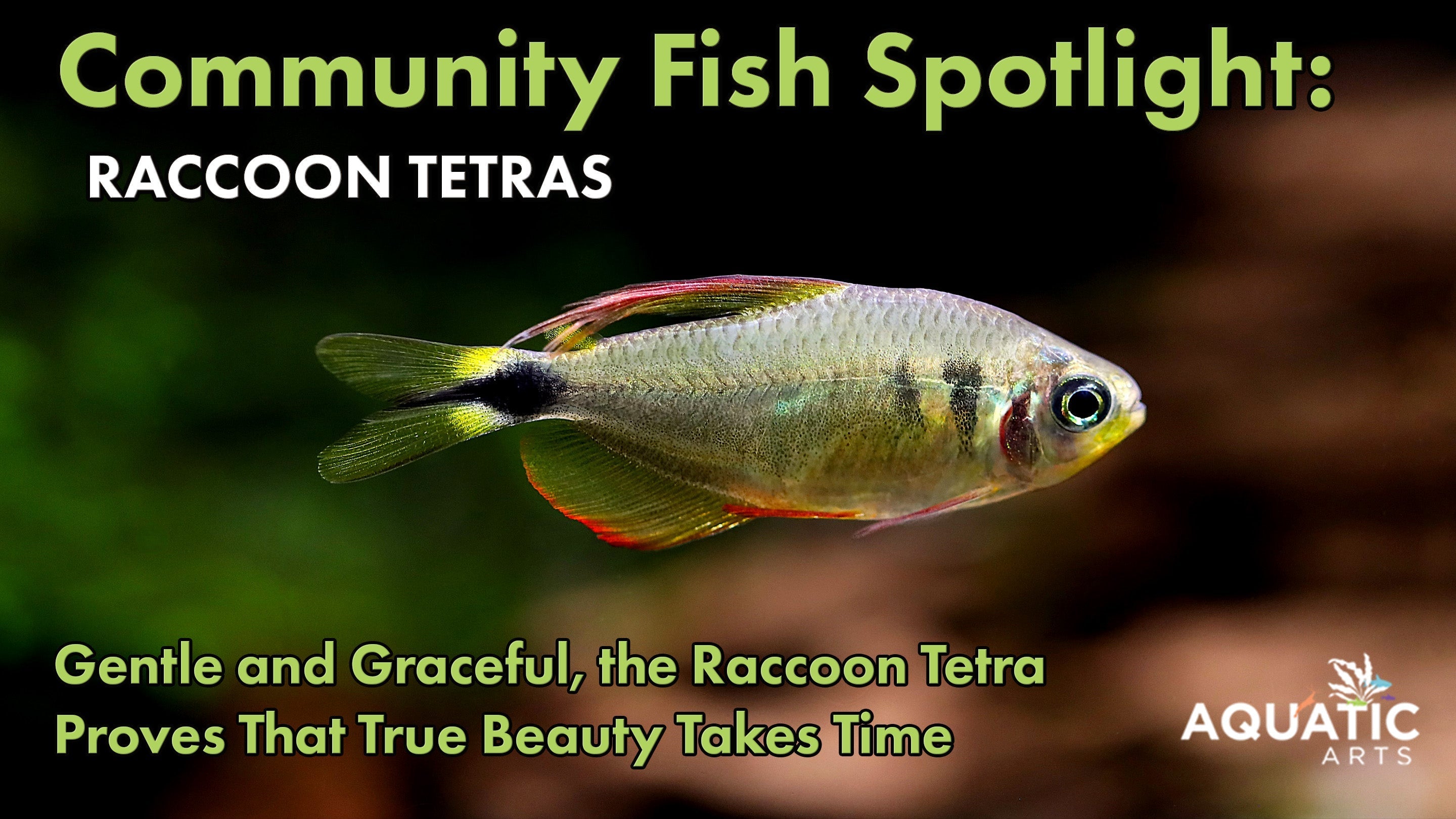Invert Obsession: Japanese Trapdoor Snail (Sinotaia quadrata)

Exploring the Fascinating World of Japanese Trapdoor Snails: Insights, Care Tips, and FAQs
In the realm of aquatic ecosystems, there exists a silent hero, often overlooked but essential for maintaining balance and harmony. Enter the Japanese Trapdoor Snail (Sinotaia quadrata), a fascinating invert that contributes significantly to the health of freshwater habitats. Despite its unassuming appearance, this snail holds a remarkable array of characteristics that make it a prized addition to aquariums and ponds alike. Let's dive into the world of the Japanese Trapdoor Snail and uncover why it deserves our admiration.

Potential Color Variations: Although the typical coloration of Japanese Trapdoor Snails is dark brown to black, there can be variations in shell color among individuals. Some may exhibit lighter or darker shades, or even subtle patterns or markings, adding visual interest to aquarium or pond environments.
The Basics:
Originating from East Asia, specifically Japan, Taiwan, and Korea, the Japanese Trapdoor Snail (Sinotaia quadrata) is a fascinating aquatic creature that has garnered attention for its unique characteristics. Belonging to the Viviparidae family, this snail species stands out with its distinctive conical shell, which typically boasts hues ranging from dark brown to black. Unlike many of its counterparts, the Japanese Trapdoor Snail possesses a remarkable feature known as an operculum, often referred to as a "trapdoor." This specialized structure serves a crucial purpose, enabling the snail to seal itself securely inside its shell, providing protection from potential predators and environmental stressors. This adaptation highlights the remarkable evolutionary strategies that have allowed the Japanese Trapdoor Snail to thrive in its native aquatic habitats.
Environmental Role:
The Japanese Trapdoor Snail plays a crucial role in maintaining the health and balance of aquatic ecosystems, primarily through its remarkable cleaning capabilities. One of its most notable attributes is its voracious appetite for algae. These snails are diligent grazers, constantly scouring surfaces to consume algae growth. By doing so, they prevent the proliferation of unsightly green algae blooms, which can harm water quality and disrupt the delicate balance of aquatic environments.
Moreover, Japanese Trapdoor Snails excel as detritivores, meaning they feed on decaying organic matter and debris that accumulate at the bottom of ponds and aquariums. This includes dead plant material, uneaten fish food, and other organic waste. Through their consumption of detritus, these snails play a vital role in nutrient cycling within the ecosystem. By breaking down organic matter, they facilitate the release of essential nutrients back into the water, promoting overall water quality and supporting the health of aquatic life.
In essence, the Japanese Trapdoor Snail's dual role as both an algae eater and detritivore makes it a valuable asset in maintaining the cleanliness and ecological balance of freshwater habitats.

Long Lifespan: Japanese Trapdoor Snails have a relatively long lifespan compared to many other aquarium snail species, with some individuals living up to 5 years or more under optimal conditions.
Compatibility and Care:
Japanese Trapdoor Snails are highly favored among aquarists and pond enthusiasts due to their peaceful demeanor and minimal care requirements, making them an ideal choice for various aquatic setups. Their docile nature ensures compatibility with a wide range of tank mates, making them suitable for community aquariums or ponds. However, it's crucial to avoid housing them with aggressive fish species that may prey on or disturb them, as they are defenseless against such threats.
In terms of care, Japanese Trapdoor Snails are relatively low-maintenance and resilient creatures. They can adapt well to diverse water conditions, although they thrive best in stable environments with moderate temperatures and a pH range slightly on the alkaline side. Providing adequate hiding spots and vegetation within the tank or pond is essential for their well-being, as it allows them to feel secure and reduces stress levels. With proper care and attention to their habitat requirements, Japanese Trapdoor Snails can flourish and contribute positively to the aquatic ecosystem they inhabit.

Burrowing Behavior: Japanese Trapdoor Snails have a natural tendency to burrow into substrate or hide among vegetation, especially during periods of rest or unfavorable conditions. This behavior helps them avoid predators and maintain their preferred environmental conditions.
Feeding / Diet:
Feeding Japanese Trapdoor Snails is relatively straightforward, as they are omnivorous creatures with a varied diet. In their natural habitat, they primarily graze on algae and consume decaying organic matter. In captivity, they can be supplemented with a combination of sinking algae wafers, blanched vegetables like zucchini or spinach, and small amounts of high-quality fish flakes or pellets. It's essential to avoid overfeeding, as excess food can lead to water quality issues and health problems for the snails. Providing a balanced diet ensures their nutritional needs are met and supports their overall health and well-being.
Reproduction:
One fascinating aspect of Japanese Trapdoor Snails is their reproductive strategy. Unlike many other snail species that lay eggs, these snails are livebearers, meaning they give birth to fully formed juvenile snails. This unique trait makes them particularly prolific in breeding, with females capable of producing multiple offspring throughout the year under favorable conditions.

Limited Reproduction: Unlike some other freshwater snails that reproduce prolifically, Japanese Trapdoor Snails have a slower reproductive rate. They give birth to fewer offspring at a time, which helps prevent overcrowding in aquariums and ponds.
Japanese Trapdoor Snails are readily available through suppliers like Aquatic Arts, making them easily accessible for aquarium enthusiasts. These beautiful snails are often domestically bred, ensuring their health and vitality before reaching your tank or pond. In conclusion, the Japanese Trapdoor Snail is a remarkable creature with invaluable contributions to freshwater ecosystems. From its role as a diligent algae eater and detritivore to its peaceful demeanor and ease of care, this snail has rightfully earned its place as a beloved inhabitant of aquariums and ponds worldwide. Whether you're a seasoned aquarist or a beginner enthusiast, consider adding the Japanese Trapdoor Snail to your aquatic community and witness firsthand the benefits it brings to your underwater world. With its beauty, utility, and ease of care, this remarkable snail is a treasure worth cherishing in any aquatic setting.
Q&A Section:
Q: What temperature range could hurt Japanese Trapdoor Snails?
A: Japanese Trapdoor Snails thrive in moderate temperatures typically ranging from 68°F to 78°F (20°C to 25°C). Exposing them to temperatures outside of this range, especially extremes like very high temperatures above 80°F (27°C) or very low temperatures below 50°F (10°C), can stress or even harm them.
Q: Do Japanese Trapdoor Snails eat live plants?
A: Japanese Trapdoor Snails are primarily herbivorous and prefer to feed on algae, detritus, and decaying organic matter. While they may occasionally graze on live plant material, they typically do not pose a significant threat to healthy, established aquatic plants.
Q: Can Japanese Trapdoor Snails right themselves up?
A: Yes, Japanese Trapdoor Snails have the ability to right themselves if they accidentally overturn. They use their muscular foot and operculum (trapdoor) to flip themselves back into an upright position.
Q: What predators should I worry about when keeping Japanese Trapdoor snails in an outdoor pond?
A: In outdoor ponds, Japanese Trapdoor Snails may face predation from certain fish species, including koi, goldfish, and some larger freshwater species. Additionally, birds, raccoons, and other wildlife may prey on them if given the opportunity. Some water turtles might try to snack on Trapdoor Snails as well.
Q: Why do some Japanese Trapdoor snails have a green color on their shell?
A: The green coloration on the shells of some Japanese Trapdoor Snails is often attributed to the presence of algae or other microscopic organisms that may grow on the shell's surface. This can occur naturally in environments with ample sunlight and nutrient availability.
Q: How do I know if my Japanese Trapdoor Snail is dead?
A: A dead Japanese Trapdoor Snail may exhibit certain signs such as a foul odor, an empty and dried-out shell, or lack of movement over an extended period. However, it's important to note that these snails can sometimes enter a state of dormancy or hibernation, so it's best to observe carefully before concluding that they are deceased.
For more information about Japanese Trapdoor Snails visit AquaticArts.com




